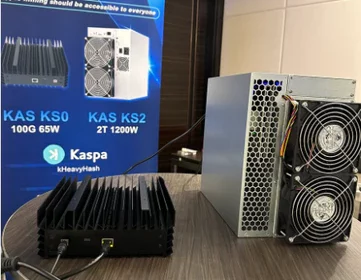Introduction
Public rooms 분당셔츠룸 and spaces are the beating heart of any thriving community. They serve as meeting points, social hubs, and places for people to gather, share experiences, and build connections. These spaces, be it parks, libraries, community centers, or even bustling city squares, are the cornerstone of our collective social fabric. In this article, we will explore the various aspects of public rooms and their pivotal role in nurturing communities.
Historical Perspective
Public rooms have played an integral role in human civilization for centuries. In ancient times, city squares like the Roman Forum served as centers of civic life, where people gathered for political discussions, commerce, and social interaction. During the Renaissance, public spaces like Piazzas in Italy became venues for art, culture, and intellectual exchange. Public rooms are where ideas have been debated, revolutions sparked, and friendships forged.
Social Cohesion
One of the key functions of public rooms is to foster social cohesion. They provide spaces where individuals from diverse backgrounds can come together, exchange ideas, and engage in shared activities. This interaction helps bridge social divides, encourage tolerance, and create a sense of belonging within the community. Whether it’s a local park where children play together, a community center where workshops and events are held, or a library where people gather to read and learn, these spaces are essential for building stronger communities.
Health and Well-being
Public rooms also have a significant impact on the health and well-being of community members. Green spaces, like parks and gardens, offer opportunities for physical activity, relaxation, and stress relief. Studies have shown that access to green spaces can reduce stress, improve mental health, and even lower crime rates in surrounding areas. Furthermore, community centers often host fitness classes, support groups, and health education programs, promoting physical and mental well-being.
Cultural and Educational Enrichment
Public rooms can serve as hubs of cultural and educational enrichment. Libraries, museums, and community centers offer access to knowledge, art, and culture. They provide a platform for artists, writers, and musicians to showcase their work, fostering creativity and a sense of cultural identity within the community. These spaces also offer educational programs, workshops, and resources, making them valuable assets for lifelong learning.
Promoting Civic Engagement
Public rooms play a crucial role in promoting civic engagement. They serve as venues for town hall meetings, public forums, and community events. This engagement is essential for the democratic process, allowing citizens to participate in local decision-making, voice their concerns, and contribute to the development of their communities.
Economic Development
Public rooms can also contribute to economic development. Well-maintained public spaces attract businesses, tourists, and residents, ultimately boosting the local economy. The presence of vibrant public rooms can enhance the appeal of a neighborhood, increasing property values and stimulating commercial activity. Festivals and events held in these spaces can draw visitors and generate revenue for local businesses.
Challenges and Preservation
While public rooms are undeniably vital to communities, they face various challenges. Funding, maintenance, and accessibility are common concerns. Budget constraints can lead to neglected spaces, which diminish their potential as community assets. Additionally, ensuring equitable access to public rooms for all residents is an ongoing challenge.
To address these issues, communities, governments, and organizations need to prioritize the preservation and improvement of public rooms. Public-private partnerships, volunteer initiatives, and creative funding solutions can help sustain these spaces for the benefit of current and future generations.
Conclusion
Public rooms are the lifeblood of any thriving community. They foster social cohesion, promote health and well-being, facilitate cultural enrichment, and serve as catalysts for civic engagement and economic development. It is crucial to recognize their significance and invest in their preservation and enhancement. By doing so, we can continue to build stronger, more vibrant communities that enrich the lives of their residents and promote the values of inclusivity, diversity, and cooperation.

